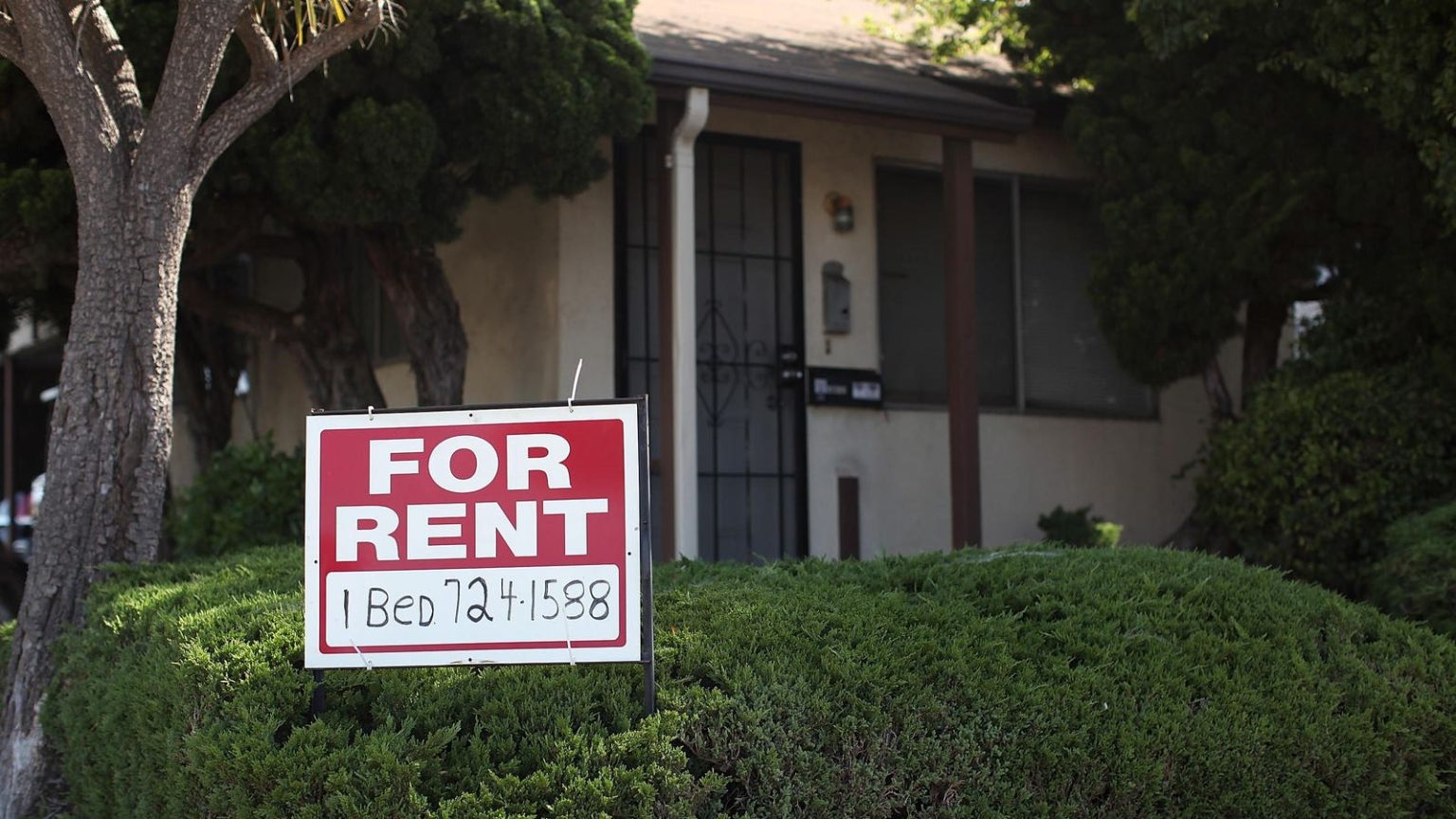According to a recent report by Redfin, rents in major metro areas in the U.S. saw significant changes in April. Seattle and Sun Belt cities experienced the biggest rent drops due to an increase in housing supply, while the Midwest and Northeast saw sharp rent increases as demand remained high. Seattle’s median asking rent fell 7.3% year-over-year, the steepest decline among the 33 metros analyzed, driven by a surge in apartment construction. Nine out of ten metros with the biggest rent drops were in the Sun Belt, including Austin, Miami, San Diego, and Phoenix, as housing supply soared to accommodate the influx of new residents during the pandemic homebuying boom.
In the Midwest, cities like Minneapolis, Cincinnati, Chicago, Indianapolis, and Detroit saw the fastest annual rent growth due to their low rent prices, leading to high demand. Rents also climbed significantly in the Northeast, including New York, Washington, D.C., and Boston, driven by a decline in new housing constructions. The average U.S. rent in April was $1,997, up 3.6% from the previous year and 31.4% since the beginning of the pandemic, according to Zillow, remaining high amid an all-time low housing affordability. For a 1-bedroom apartment rent in April, Midwest cities like Minneapolis and Cincinnati were below the national median, while cities like San Francisco, New York, and Boston were among the highest.
Due to its affordability, the Midwest has become a popular region attracting new residents, resulting in a 5.3% annual increase in median asking rent in March. Despite hitting a record, rents in the Midwest remained the lowest nationwide. The Northeast also experienced significant rent hikes, with asking rents climbing to the highest in the country. However, the number of new housing construction in the Northeast was down by as much as 44% year-over-year in April, while it was down by 0.6% nationwide. On the other hand, the Sun Belt has seen a surge in new apartment constructions to meet the soaring demand from newcomers during the pandemic, leading to falling rents as demand dulled over time. While rent growth has moderated since its pandemic peak, it continues to outpace wage increases, according to a recent report by StreetEasy.
Rents have risen 30.4% nationwide since 2019, while wages were up only 20.2%, highlighting the ongoing affordability issue for renters. The largest disparity in rent growth compared to wage growth was seen in New York City, where rents rose significantly faster. Some markets like San Jose, Houston, Austin, and Portland saw wage growth outperforming rent growth last year, but the overall challenge for renters remains. Only six of the 50 largest U.S. metros consistently saw wages outpacing rents since before the pandemic, demonstrating the ongoing struggle for renters across the country. The improved affordability for renters in certain cities due to falling rents in the Sun Belt areas could serve as a lesson for other American cities grappling with housing affordability challenges, according to Redfin Senior Economist Sheharyar Bokhari.













